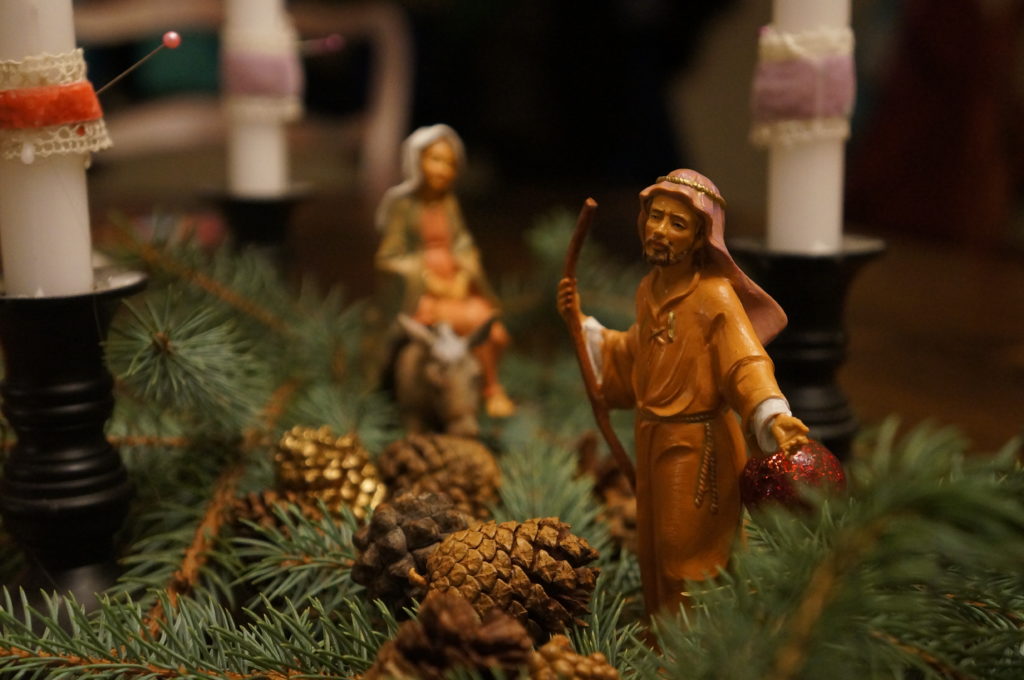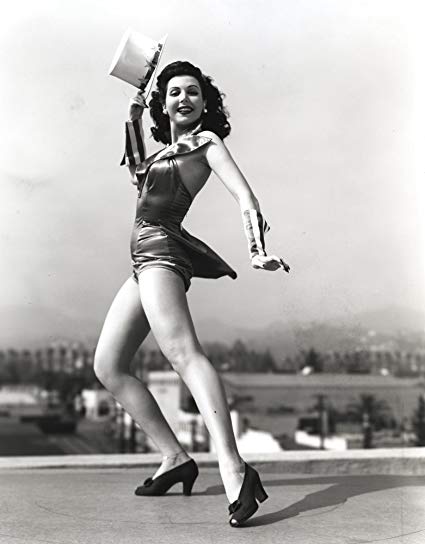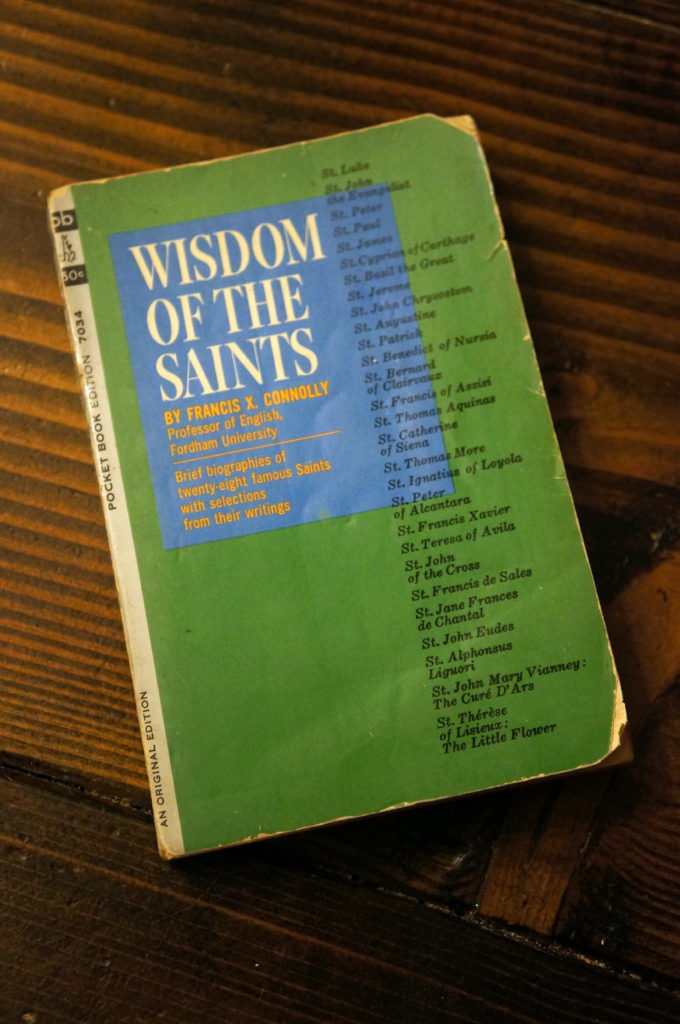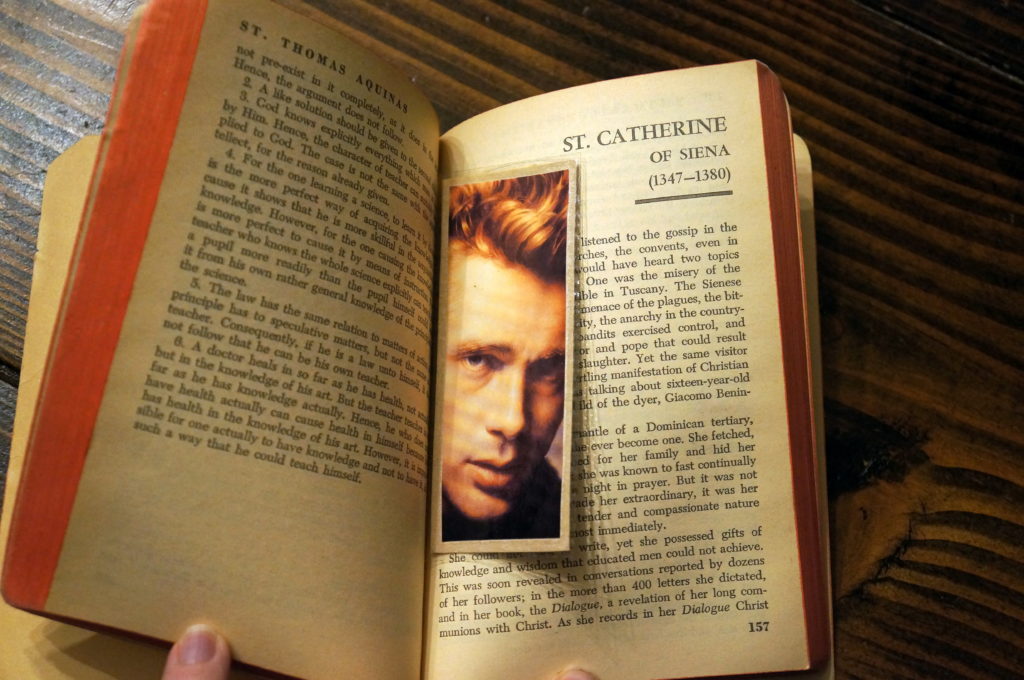{a limited, but worthy list}
Advent of the Heart: Season Sermons and Prison Writings 1941-1944 ~ Alfred Delp
Our hearts must be keenly alert for opportunities in our own little corners of daily life. May we stand in this world, not as people in hiding, but as those who help prepare the way of the only-begotten Son of God.
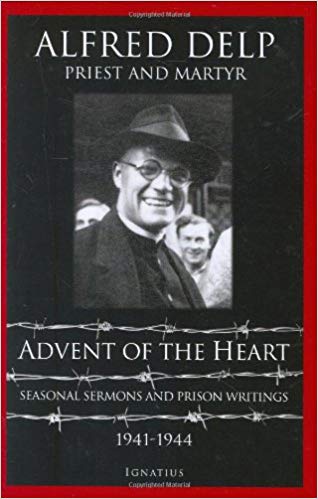
On February 2, 1945, three men were hanged within Tegel Prison in Munich on grounds of treason. Fr. Alfred Delp was one of them. He had been convicted and tried for preaching against the Nazi regime. During his time in prison, he wrote reflections and sermons on little bits of paper, which were providentially smuggled out. Those reflections were gathered along with his previous sermons during Advent and published in a collection entitled Advent of the Heart.
The first time I read this book, it opened my eyes to the meaning and purpose of Advent. I’ve come back to it every year, and every year I find something new to meditate upon.
Fr. Delp’s fortitude and courage is communicated through his preaching. He writes about being shaken awake in Advent, about spending one’s life as a candle does for light. He writes about figures in Advent, like St. John the Baptist and the Blessed Mother. Knowing the situation he was in— of close monitoring by the Gestapo as a priest, followed by imprisonment, torture, and death— at the time he wrote these insights, adds more gravitas to his words, “All of life is Advent.”
The passion of the infant christ ~ caryll houselander
The best way I can think to introduce this book to you would be to quote from Houselander directly:
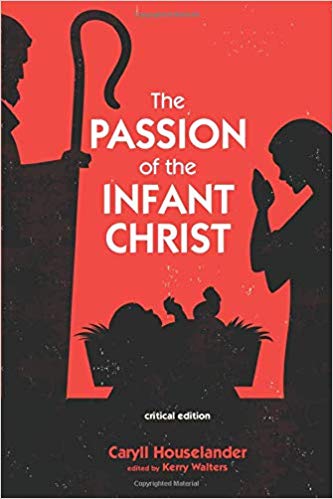
This book is mainly concerned with Christ’s infancy and childhood, and His infancy and childhood in us, not because this is the only way in which He can be in us, for that it certainly is not, but because, however else Christ is manifest in our souls, His life in them must start by being simply the infant life, the small, miraculously helpless life trusted to them to foster, that it may grow.
In Houselander’s unique style, she relates theological truths to life experiences, patterns in nature, and broad social issues. This book reminds me in its style of Way of the Cross in how she reveals the face of Christ in different people of different circumstances in life. It draws the reader out of themselves and asks them to re-examine their life in relation to others, but mainly in the way that “others” should all be the Christ-child to us.
Remember Jesus Christ ~ Raniero Cantalamessa
Disclaimer: I haven’t read this book YET, but my husband has and, though you don’t know him, I do and I tell you he’s a good resource for books. It’s split into two halves: the first for Advent, the second for Lent.
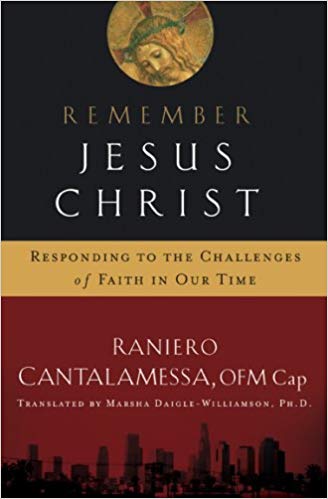
In order to bring people to Christ today, the Church needs to proclaim as simply and succinctly as the Apostles did, that “Jesus Christ is Lord!”
Jesus of Nazareth: The infancy narratives ~ pope benedict XVI
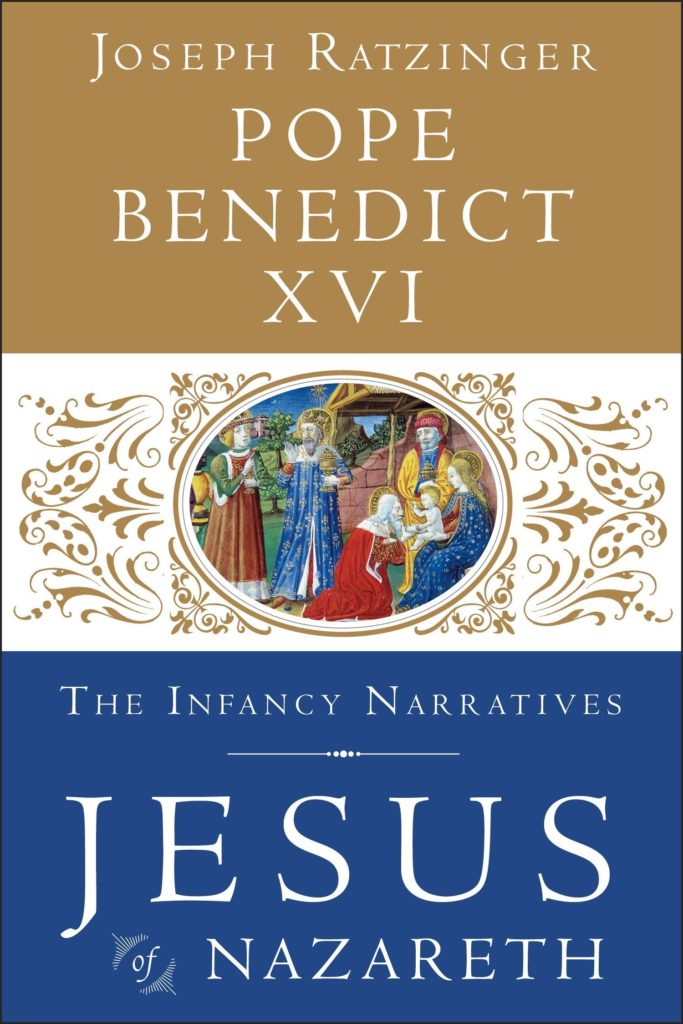
What I enjoy about this book are all the particulars– the scholarly details that lead to contemplation. Pope Benedict writes extensively on the genealogy of Jesus and what it means, the social and historical context of Roman-occupied Judea, while jumping to and from each Gospel account. I personally love when he compares in detail the annunciation of John the Baptist’s conception to Zechariah, and the annunciation of Christ to Mary.
Also, consider for Advent reading the sections pertaining to the Annunciation and Christ’s birth in Romano Guardini’s The Lord, Fulton Sheen’s Life of Christ, and Adrienne von Speyr’s Handmaid of the Lord.

